Against a clear blue sky, a craft that looks strikingly similar to two pie plates stacked atop each other suddenly ascends into the air. Swiftly charging forward, as the object passes by, it’s nearly impossible not to suddenly feel a kinship with pilot Kenneth Arnold. However, unlike Arnold and his famous 1947 flying saucer sighting, this particular flying object isn’t unidentified. Instead, this is the brainchild of Romanian engineer Razvan Sabie and aerodynamicist Iosif Taposu, who claim they’ve developed a fully functional flying saucer.
Without question, the All-Directional Flying Object, or ADIFO, looks exactly like a stereotypical flying saucer. However, ADIFO’s creators say the inspiration for their uniquely shaped aircraft doesn't come from UFO lore. Instead, they say the disk is designed to mimic the back cross-section of a dolphin's airfoil.
In his first interview with American media, inventor Razan Sabie said the ADIFO isn’t the work of audacious mad science. “The aerodynamics behind this aircraft is the result of more than two decades of work and is very well reasoned in hundreds of pages and confirmed by computer simulations and wind tunnel tests,” Sabie explained. Sabie’s partner is Iosif Taposu, a former senior scientist at Romania's National Institute for Aerospatiale Research, and Head of Theoretical Aerodynamics at the National Aviation Institute. On paper, the duo don’t appear to be a pair of rogue backyard engineers or hobbyists.
Operating like a quadcopter, ADIFO handles “take-off, landing, and slow speed maneuvers” through four ducted fans. A pair of jet engines located at the rear of the flying disc provide horizontal thrust. Sabie says the dual-propulsion system can vector individually, affording the ADIFO a high degree of agility during level flight. Rounding out ADIFO’s unique design are a pair of lateral thrust nozzles located on each side of the disc, which allow the disk to rapidly push itself sideways in either direction, or quickly rotate while in flight.
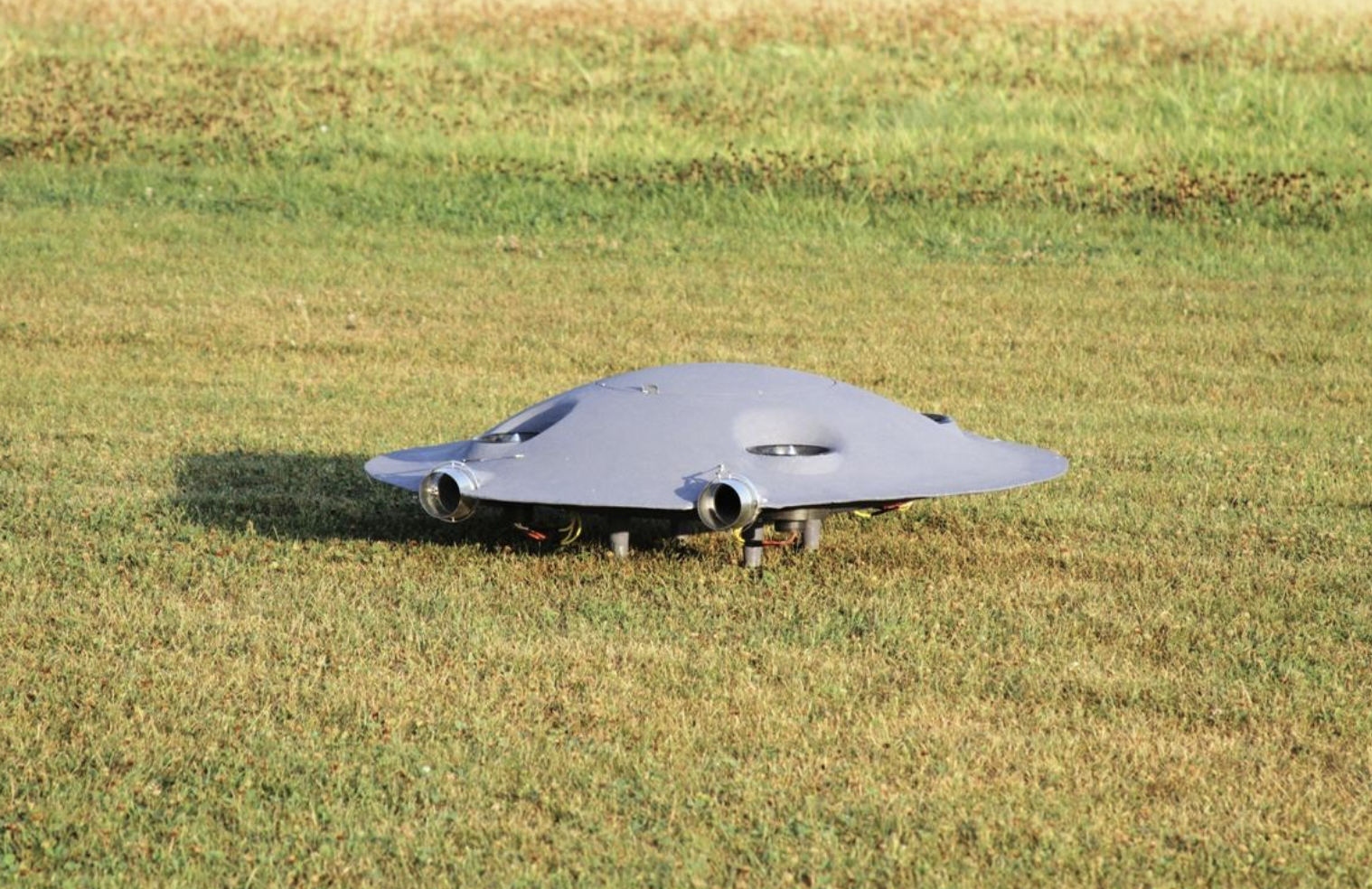
Sabie and Taposu unveiled a 4-foot operational prototype of ADIFO in spring of this year. According to Sabie, a full-scale model of the flying saucer would represent “a new and revolutionary flight paradigm.” Sabie claims the ADIFO’s unusual shape “is ‘natural born’ for supersonic flight.” He said the design should “reduce shock waves on the disk’s surface” thus preventing the occurrence of sonic booms during transonic flight. He believes the disk will be capable of “sudden lateral transitions and sudden yaw,” in addition to “smooth transitions during subsonic to supersonic flight.”
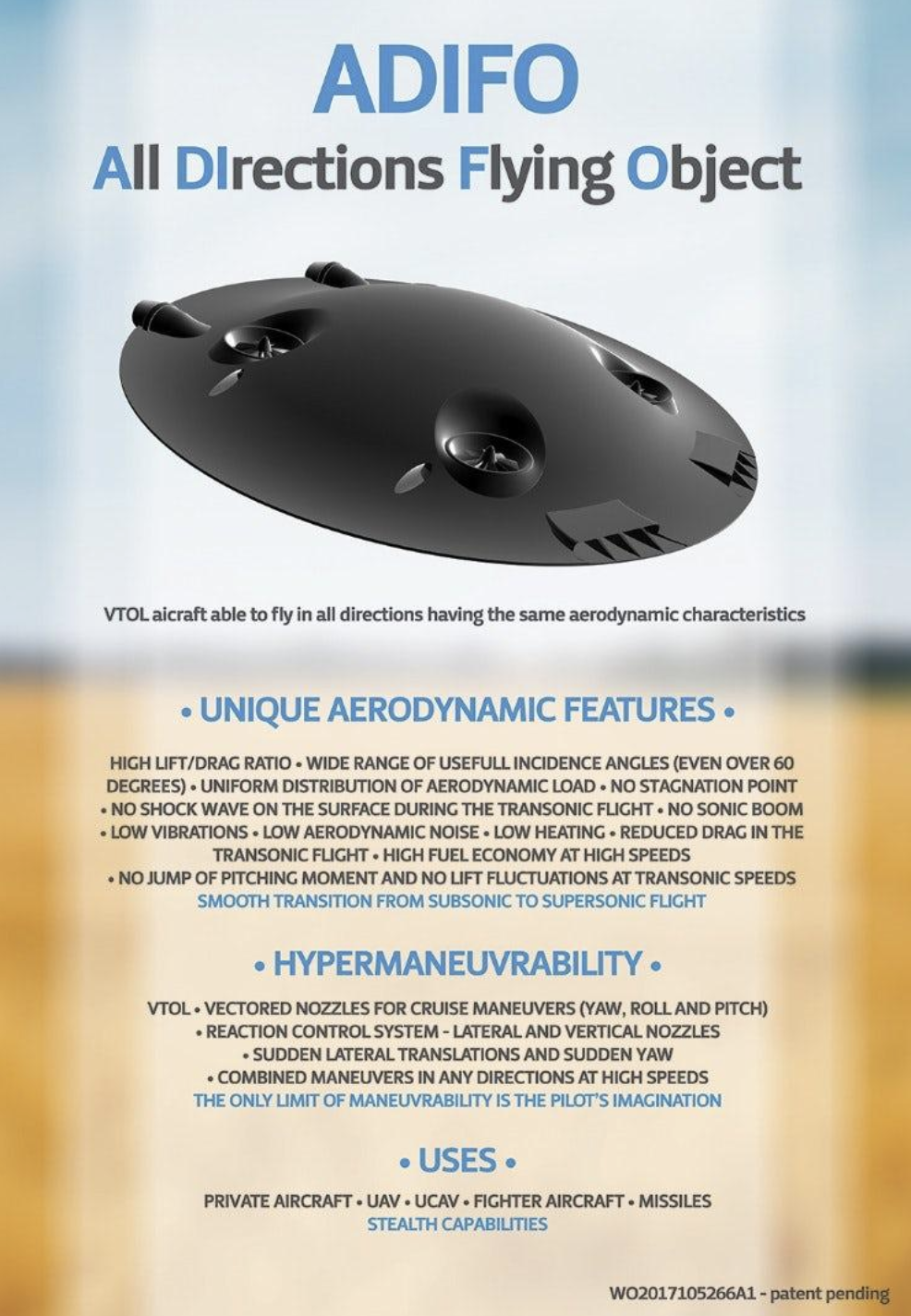
According to their media guide, “The only limit to maneuverability is the pilot’s imagination.”
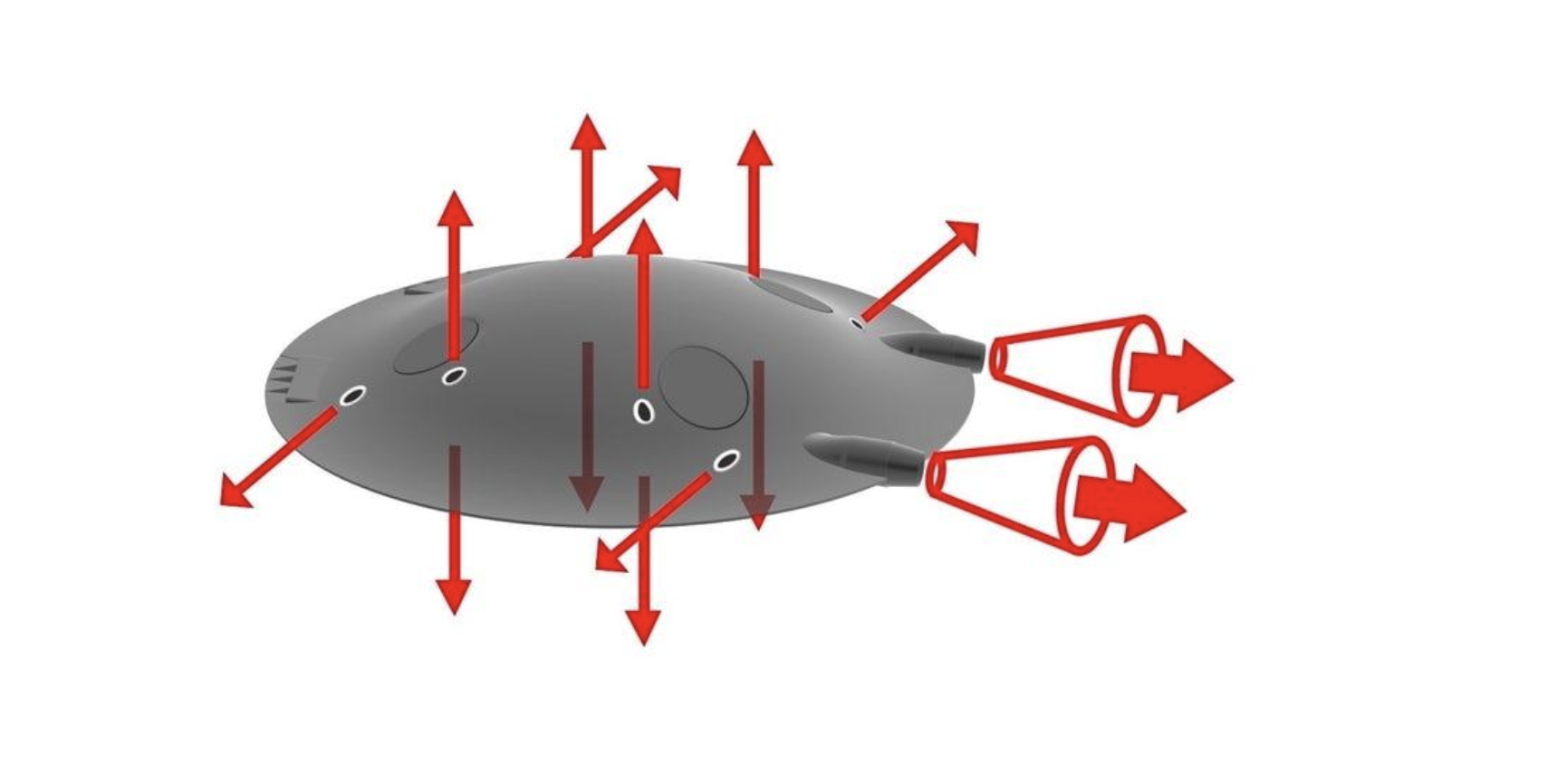
But before you go booking your flight on a flying saucer, it’s important to remember this isn’t humankind’s first rodeo with this sort of technology.
In 1932, another Romanian aerospace engineer, Henri Coanda, is credited with being the person to develop a small-scale flying disk prototype. Twelve years before a flying saucer allegedly crashed in Roswell, New Mexico, in 1936, Coanda was even successful in securing a patent for his “Propelling Device.” Unfortunately, no full-scale version of the device, which intended to achieve flight through the use of high-pressure gases flowing through a ring-shaped vent system, was ever built. Instead, Coanda had to settle on being forever known for discovering the “Coanda Effect”—the physics behind why a spinning ping pong ball can be suspended by a diagonal stream of air.
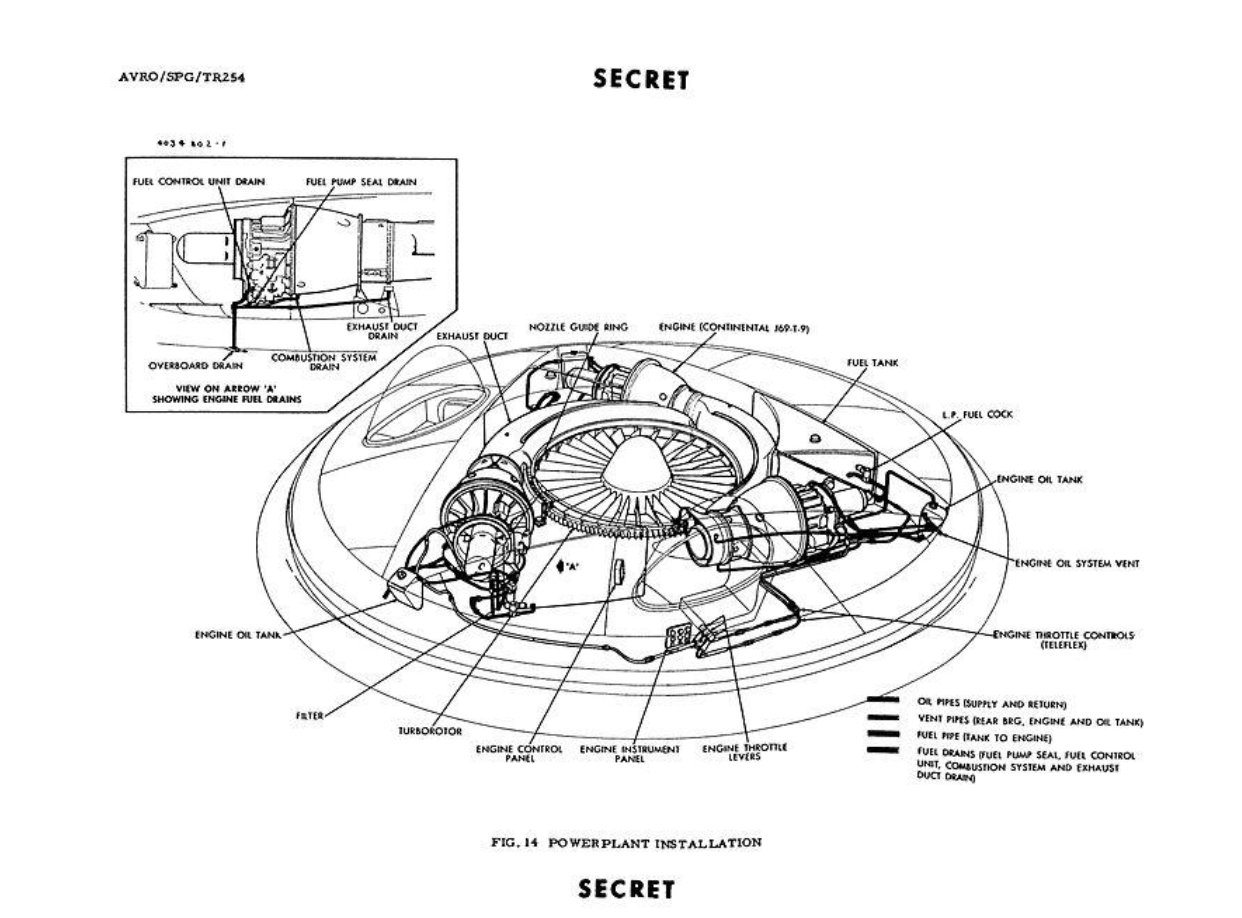
Years later, the most notable attempt to develop a man-made flying saucer came in the late 1950s, with British aircraft designer John “Jack” Frost.
Funded by the US Air Force, Frost’s initial vision was a disc-shaped fighter-like aircraft that would be capable of achieving speeds upwards of Mach 3.5 and reaching altitudes of 100,000 feet. Called the Y-2 “Flat Riser, Frost believed he could achieve lift and thrust by using the Coanda Effect from the exhaust produced by a single “turborotor.”
Operating under the Air Force codename "Project 1794” after three years of design and testing, the results were a Y-2 prototype that caught fire three times and after a 1956 test, where the craft’s Viper jet engine “ran wild,” even the staff was scared of the vehicle.
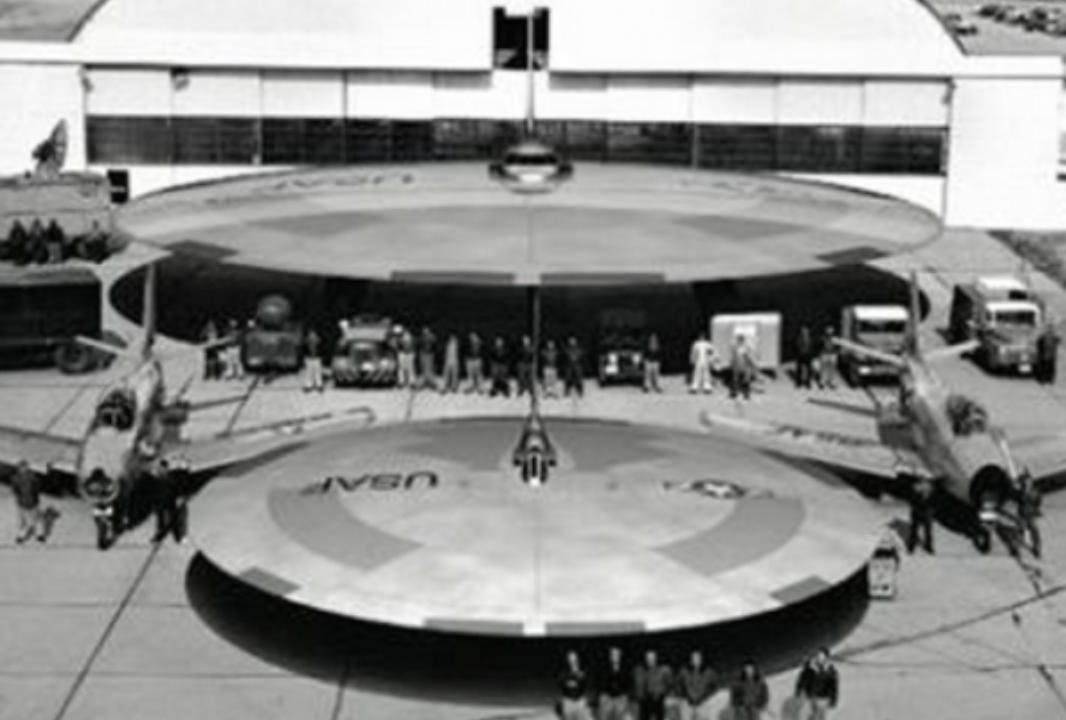
In 1958 Frost scrapped the Y-2 and decided to try and create a smaller flying disk, dubbed the “Avrocar.” No longer a high-flying fighter, the US Army eagerly bought in on the idea, considering the Avrocar to be the eventual replacement for the jeep and helicopter.
Sadly, the Avrocar equally had serious flight control problems. As NASA Ames Chief Test Pilot Fred J. Drinkwater III put it, “Flying the Avrocar was “like trying to balance on a beach ball.” By 1961, after it was determined flight above 10,000 feet was “dangerous if not nearly impossible,” funding for Avrocar was canceled.
Since the demise of the Avorcar, a few others have made unfounded claims that they'd designed a real flying saucer. Engineer Paul Moller has spent nearly 50-years trying to develop one, but has yet to deliver on his promise of an affordable flying saucer-style hovercraft, the Moller M200G Volantor. Provided, of course, you don’t count those reverse-engineered alien ships the government’s assuredly hiding out at Area-51, this leaves the ADIFO as being sole claim to the world’s first terrestrial flying saucer.
Claims aside, Sabie cautions the current ADIFO prototype, “is a very-very basic model of what we have in mind,” calling it “the peak of the iceberg,” for what they intend to do. Instead of the proposed jet engines, the current ADIFO prototype achieves thrust by using two small electrical fans. Sabie says the next stage of development will involve performing more complex simulations, wind tunnel tests, and developing the control system to demonstrate the disk will be capable of traveling at transonic and supersonic speeds.
So far, Sabie indicates one major aircraft manufacturer, two government entities and more than 10 possible partners and venture funds have reached out to express interest in the ADIFO, though Motherboard has not been able to independently verify those claims. With the prototype being completed using personal funds, “to proceed further we need partners,” Sabie said. At the moment, what they've made is a glorified quadcopter, albeit with features that current quadcopters don't have.
Given flying saucers' troubled past, logic suggests the odds of the ADIFO revolutionizing aviation aren’t particularly good. Of course, listening to Sabie’s confidence in what the ADIFO is be capable of, one cannot help wondering what someone like the US government, with billions and billions of dollars at their disposal, might already have tucked away in the land of classified programs. If nothing else, it’s hard to deny the claimed capabilities of ADIFO bear striking similarities to some of the strange flying crafts US Navy pilots have been recently claiming to have encountered off America’s coasts.
Alas, whether or not it will be the ADIFO remains to be seen. However, hopefully one day, we’ll be able to definitively say: flying saucers are real!
from VICE https://ift.tt/2ZQhwdC
via cheap web hosting
No comments:
Post a Comment